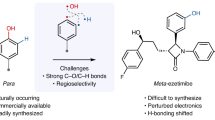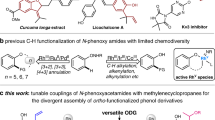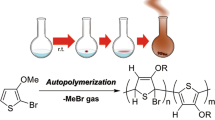Abstract
The formation mechanisms of phenolic resins were studied by computer simulation. As an example, the process for the polymerization of o-methylolphenol is as follows: (1) the number of methylol groups and nuclear hydrogens of o- and p-position are stored, (2) a methylol group is selected, (3) a functional group of another molecule is selected to react with the methylol group previously selected, and (4) a molecule freshly formed is fed back into the computer. In this simulation, the reactivity of the functional group is represented by the probability that the group is selected. This procedure is iterated until the extent of reaction reaches to the same value as that of the practical reaction calculated from GPC chromatogram. Discussion about the reactivity of each functional group was made by comparsion of the molecular weight distribution of the hypothetical product in the computer with that of the actual one. From these results, it is known that the formation of dimethylene ether linkage is negligibly small compared to that of the methylene linkage and a methylol group is more reactive with a nuclear hydrogen in the disubstituted phenol than in the monosubstituted phenol.
Similar content being viewed by others
Log in or create a free account to read this content
Gain free access to this article, as well as selected content from this journal and more on nature.com
or
References
S. Seto and H. Horiuchi, Kogyo Kagaku Zasshi, 57, 689 (1954).
Author information
Authors and Affiliations
Rights and permissions
About this article
Cite this article
Ishida, Si., Murase, M. & Kaneko, K. Studies on the Formation of the Thermosetting Resins. XI. Computer Simulation on the Formation of Phenolic Resins. Polym J 11, 835–841 (1979). https://doi.org/10.1295/polymj.11.835
Issue date:
DOI: https://doi.org/10.1295/polymj.11.835



